Government spending articles
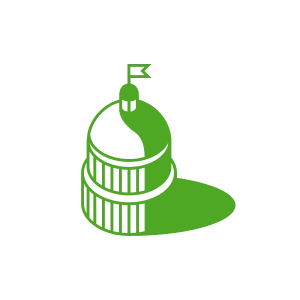
How many disasters are declared in the US?
On average, 164 disasters are declared per year. This figure is based on the most recent five full years of Federal Emergency Management Agency (FEMA) data.
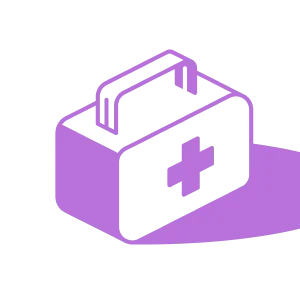
What is Medicaid and how many Americans use it? | Episode 2 of Just the Facts: Do You Qualify?
JUST THE FACTS · 7:15M

What is subsidized housing? | Episode 3 of Just the Facts: Do You Qualify?
JUST THE FACTS · 7:36M

How do SNAP benefits impact food insecurity? | Episode 4 of Just the Facts: Do You Qualify?
JUST THE FACTS · 9:17M

How does the government help low-income students? | Episode 5 of Just the Facts: Do You Qualify?
JUST THE FACTS · 9:34M

What cash assistance does the government provide? | Episode 6 of Just the Facts: Do You Qualify?
JUST THE FACTS · 7:16M

What does the Department of Agriculture (USDA) do?
The Department of Agriculture (USDA) is cabinet-level executive branch agency responsible for developing and executing federal policies on food, agriculture, natural resources, rural development, nutrition, and related issues. Its functions include supporting farmers and ranchers, ensuring food safety, promoting agricultural trade, conserving natural resources and the environment, and addressing hunger both domestically and internationally. It was established in 1862.

What does the Department of Education (ED) do?
The Department of Education (Education Department, ED) is a cabinet-level executive branch agency responsible for overseeing education policy and administering funding for programs and individuals. The department's functions include supporting state and local education systems, promoting educational equity for all students, and providing grants and loans to higher education institutions and students. It was established in 1980 after the Department of Health, Education, and Welfare was reorganized into separate entities.
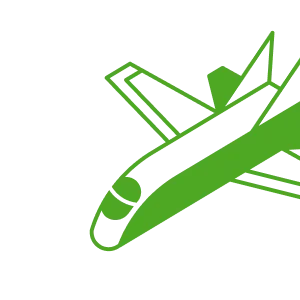
What does the Department of Veterans Affairs (VA) do?
The Department of Veterans Affairs (VA) is a cabinet-level executive branch agency responsible for providing healthcare services, benefits programs, and access to national cemeteries for the nation's veterans and their dependents. It was established as the Veterans Administration in 1930 and elevated to cabinet status in 1989.
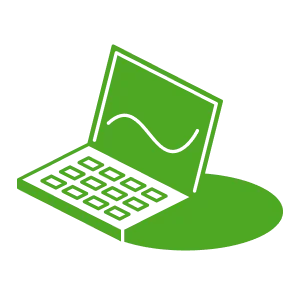
What does the Federal Communications Commission (FCC) do?
The Federal Communications Commission (FCC) is an independent federal agency responsible for regulating communications by radio, television, wire, satellite, and cable across the United States. It oversees competition and innovation in the communications industry, manages the radio spectrum, and sets rules to support emerging technologies. The FCC also helps protect the nation’s communications infrastructure. It was established in 1934.
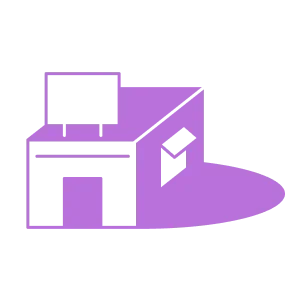
What does the Department of Labor (DOL) do?
The Department of Labor (DOL) is an executive branch agency responsible for overseeing the American labor force and working conditions. Its functions include enforcing wage and hour standards and union law, regulating workplace safety, administering unemployment benefits and workers’ compensation, collecting labor market data, and promoting workforce development. It was established in 1913.
What does the Occupational Safety and Health Review Commission (OSHRC) do?
The Occupational Safety and Health Review Commission (OSHRC) is an independent federal agency responsible for resolving disputes between the Occupational Safety and Health Administration (a sub-agency of the Department of Labor) and employers over workplace safety and health citations. It serves as a neutral arbiter, providing administrative trials and appellate reviews to ensure fair outcomes under the Occupational Safety and Health Act. It was established in 1970.

What does the Department of the Treasury (TREAS) do?
The Department of the Treasury (Department of Treasury, TREAS) is a cabinet-level executive branch agency responsible for overseeing economic conditions and ensuring the financial security of the United States. The department's functions include advising the president on economic matters, managing federal finances, collecting taxes through the Internal Revenue Service, producing currency, and supervising national banks. It was established in 1789 and is the second-oldest department in the federal government.
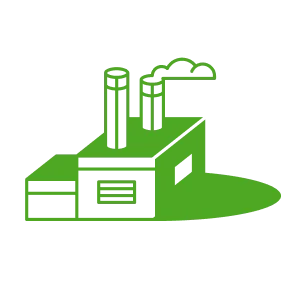
What does the Federal Trade Commission (FTC) do?
The Federal Trade Commission (FTC) is an independent federal agency responsible for protecting consumers and promoting fair competition in the marketplace. It investigates deceptive advertising, fraudulent business practices, and antitrust violations, while also providing consumer education and developing policies to maintain a competitive economy. It was established in 1914.
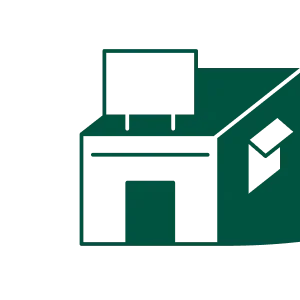
What does the Equal Employment Opportunity Commission (EEOC) do?
The Equal Employment Opportunity Commission (EEOC) is an independent executive branch agency tasked with enforcing workplace discrimination laws. Its functions include investigating charges of discrimination against employers, providing guidance and oversight on equal employment practices, and conducting outreach and education programs. Most companies with 15 or more employees are under EEOC jurisdiction. The agency was established by the Civil Rights Act of 1964.
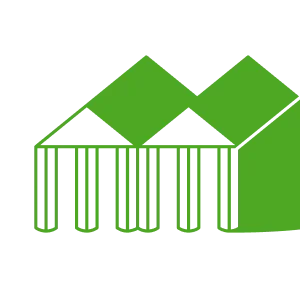
What does the Office of Personnel Management (OPM) do?
The Office of Personnel Management (OPM) is an independent executive branch agency responsible for managing the civil service of the federal government. Its functions include coordinating the recruitment of new government employees, managing health insurance and retirement benefits programs, and providing resources for job seekers. Established in 1979, it serves as the chief human resources agency and personnel policy manager for the federal government.

What does the Department of the Interior (DOI) do?
The Department of the Interior (Interior, DOI) is an executive branch agency responsible for managing federal lands, natural resources, and cultural heritage. Its functions include overseeing national parks and other protected lands, regulating natural resource extraction, upholding tribal relations and trust responsibilities, and preserving the environment. It was established in 1849.

What does the National Labor Relations Board (NLRB) do?
The National Labor Relations Board (NLRB) is an independent executive branch agency responsible for safeguarding employees’ rights to unionize and preventing unfair labor practices. Its functions include conducting union elections, investigating charges of unfair practices, deciding cases, and enforcing punishment. It was established in 1935.
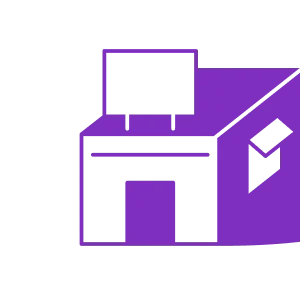
What does the Merit Systems Protection Board (MSPB) do?
The Merit Systems Protection Board (MSPB) is an independent federal agency responsible for safeguarding the integrity of the civil service system and protecting the rights of federal employees. It hears appeals on personnel actions such as removals, suspensions, and demotions, ensuring those decisions are based on merit and free from prohibited practices. It also conducts studies to evaluate the effectiveness of federal merit systems. It was established in 1979.

What does AmeriCorps (CORPS) do?
AmeriCorps (CORPS) is an independent federal agency responsible for engaging Americans in service programs that address education, public safety, the environment, and other community needs. It promotes civic responsibility and provides educational benefits to participants who commit to national service. In 2020, the Corporation for National and Community Service, or CNCS, merged with the agency to form a single organization, now known now as AmeriCorps. It was established in 1993.

What does the Armed Forces Retirement Home do?
The Armed Forces Retirement Home (AFRH) is an independent federal agency responsible for providing housing, healthcare, and supportive services to retired and eligible veterans. It offers residential care, medical and dental services, and recreational activities to support the well-being and dignity of its residents. It operates two campuses—in Washington, DC, and Gulfport, Mississippi—and was established in 1991.

What does the Selective Service System (SSS) do?
The Selective Service System (SSS) is an independent federal agency responsible for maintaining information on individuals who could be called to military service in the event of a national emergency. It ensures the federal government has a fair and efficient process in place for conducting a draft if needed. It was established in 1940.
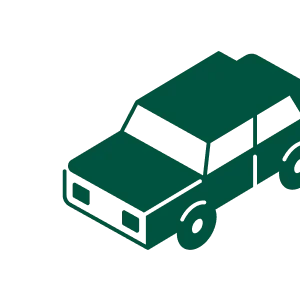
What does the National Transportation Safety Board (NTSB) do?
The National Transportation Safety Board (NTSB) is an independent federal agency responsible for investigating civil transportation accidents across the United States. It determines the causes of accidents, issues safety recommendations, conducts safety studies, and assists victims and their families. The NTSB covers aviation, highway, marine, pipeline, and railroad incidents. It was established in 1967.

What does the Department of Transportation (DOT) do?
The Department of Transportation (USDOT, DOT) is a cabinet-level executive branch agency responsible for overseeing national transportation systems and infrastructure. Its functions include developing and implementing federal transportation policies; ensuring the safety and efficiency of highways, railroads, air travel, and maritime transport; and administering funding for transportation projects including local transit systems. It was established in 1966.

What does the Department of Defense (DOD) do?
The Department of Defense (DOD) is cabinet-level executive branch agency tasked with maintaining and overseeing the military forces of the United States. Its primary functions include overseeing the Army, Navy, Air Force, Marine Corps, and Space Force; creating military policies; and managing the defense budget. It was established in 1947.
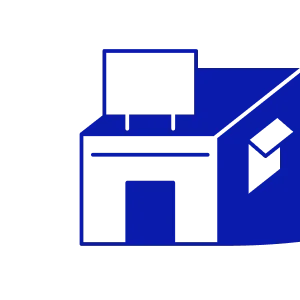
What does the Small Business Administration (SBA) do?
The Small Business Administration (SBA) is an independent executive agency responsible for supporting small business owners and entrepreneurs in their business ventures. Its functions include providing small businesses access to capital, offering free or low-cost counseling and training, working with other government agencies to contract small businesses, and advocating on behalf of the small business sector in front of Congress. It was established in 1953.
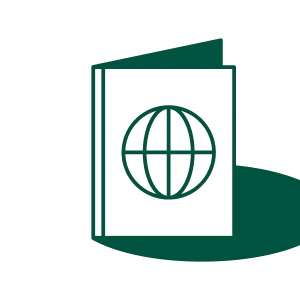
What does the Citizenship and Immigration Services (USCIS) do?
The US Citizenship and Immigration Services (USCIS) is a subdivision of the Department of Homeland Security responsible for overseeing lawful immigration to the United States. The agency administers the nation's naturalization and immigration system, processes applications for citizenship, and manages the issuance of various immigration benefits. It also ensures the integrity of the immigration system by preventing fraud and enhancing security measures. It was established in 2003.
What does the Federal Election Commission (FEC) do?
The Federal Election Commission (FEC) is an independent federal agency responsible for enforcing campaign finance laws in US federal elections. Its work includes overseeing the public disclosure of campaign finance data, enforcing contribution limits, and managing public funding for presidential campaigns. It was established in 1975.
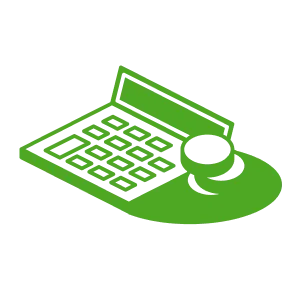
What does the Commodity Futures Trading Commission (CFTC) do?
The Commodity Futures Trading Commission (CFTC) is an independent federal agency responsible for regulating US derivatives markets, including futures, swaps, and certain types of options. It oversees these markets to reduce financial risk, protect market participants from fraud and abuse, and help ensure fair and stable trading conditions. It was established in 1974.
What does the Department of Justice (DOJ) do?
The Department of Justice (DOJ, Justice Department) is an executive branch agency responsible for enforcing federal laws and ensuring public safety. Its functions include prosecuting criminal and civil cases, overseeing federal law enforcement agencies, managing federal prisons, upholding civil rights, and issuing justice-related grants. It was established in 1870.
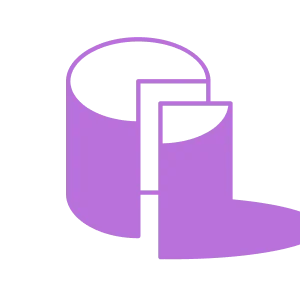
What does the Bureau of Economic Analysis (BEA) do?
The Bureau of Economic Analysis (BEA) is a subdivision of the US Department of Commerce responsible for providing important economic statistics including the gross domestic product (GDP) of the United States. The agency collects and analyzes data on economic performance, trade, and industry, which helps inform public policy and business decisions. It was established in 1972.

What does the Nuclear Regulatory Commission (NRC) do?
The Nuclear Regulatory Commission (NRC) is an independent executive branch responsible for regulating the use of radioactive materials for civilian purposes and ensuring public and environmental health and safety. It oversees the operation and waste management of nuclear power plants and other nuclear material uses (including medical and academic). It was established in 1974.
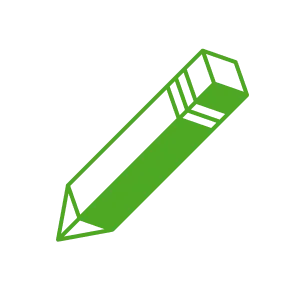
What does the Office of Career, Technical, and Adult Education (OCTAE) do?
The Office of Career, Technical, and Adult Education (OCTAE) is a subdivision of the US Department of Education responsible for administering and overseeing programs that prepare individuals for postsecondary education and the workforce. OCTAE focuses on improving career and technical education, adult education, and literacy, ensuring that all students and adults have the skills and knowledge necessary to succeed in a global economy. It was established in 1966.

What does the Department of Health and Human Services (HHS) do?
The Department of Health and Human Services (HHS) is a cabinet-level executive branch agency responsible for overseeing public health policy and administering funding for health programs and services. The department's functions include managing national health programs like Medicare and Medicaid, advancing medical research, ensuring food and drug safety, and promoting health equity for all individuals. It was established in 1980 after the Department of Health, Education, and Welfare was reorganized into separate entities.

What does the Department of Homeland Security (DHS) do?
The Department of Homeland Security (DHS) is a cabinet-level executive branch agency responsible for protecting the United States against potential threats. Its primary functions include anti-terrorism efforts, border security, immigration and customs enforcement, cybersecurity, and disaster prevention and management. It was established in response to the September 11, 2001, terrorist attacks and began operations in 2003.

What does the Peace Corps (PC) do?
The Peace Corps (PC) is an independent federal agency responsible for sending trained American volunteers abroad to support community-led projects in areas such as education, health, agriculture, and economic development. It also fosters cross-cultural understanding between Americans and the communities they serve. It was established in 1961.

What does the Department of Energy (DOE) do?
The Department of Energy (DOE) is an executive branch agency responsible for overseeing national energy policy and managing the country’s nuclear infrastructure. Its functions include advancing energy research and innovation, promoting energy efficiency and renewable energy, regulating the production and distribution of electricity and fossil fuels, and ensuring the security of the US nuclear weapons stockpile. It was established in 1977.
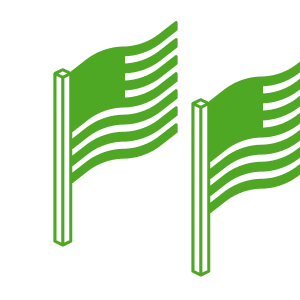
What does NASA do?
The National Aeronautics and Space Administration (NASA) is an independent executive branch agency responsible for the nation’s civilian space program, as well as aeronautics and aerospace research. NASA conducts scientific research to understand Earth and space, develops and tests new aerospace technologies, and conducts human space exploration missions. It operates the International Space Station in partnership with other nations and is advancing plans to return humans to the Moon and explore Mars. It was established in 1958.
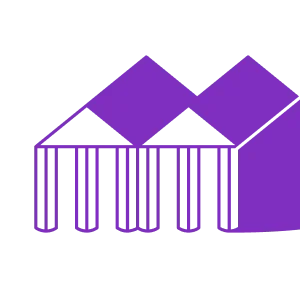
What does the Federal Mediation and Conciliation Service (FMCS) do?
The Federal Mediation and Conciliation Service (FMCS) is an independent federal agency responsible for helping resolve disputes between employers and employees in both the public and private sectors. It provides mediation during labor negotiations, offers training to improve labor-management relationships, and supports conflict resolution in workplaces and communities. It was established in 1947.
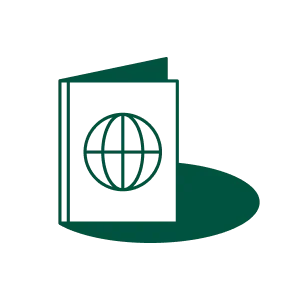
What does the State Department (DOS) do?
The Department of State (State Department, DOS) is an executive branch agency responsible for conducting US foreign policy and diplomatic relations. Its functions include negotiating treaties, representing the US in international organizations, issuing passports and visas, coordinating refugee and humanitarian assistance, and overseeing foreign aid and embassy operations. It was established in 1789.
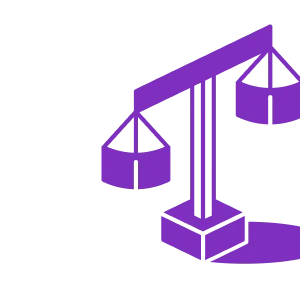
What does the Commission on Civil Rights (USCCR) do?
The US Commission on Civil Rights (USCCR) is an independent, bipartisan federal agency responsible for informing national civil rights policy and monitoring enforcement of federal civil rights laws. It investigates voting rights complaints and studies issues related to discrimination and unequal treatment based on race, color, religion, sex, age, disability, or national origin. It also collects and shares information on civil rights issues to support public understanding and policy development. It was established in 1957.

What does the Bureau of the Fiscal Service (BFS) do?
The Bureau of the Fiscal Service (BFS, Fiscal Service) is a subdivision of the US Department of the Treasury responsible for managing the government's accounting, central payment systems, and public debt. The agency ensures the effective and efficient management of federal finances by providing accurate and timely financial information, promoting the use of electronic financial services, and overseeing the issuance of government securities. It was established in 2012.
What does the US Fish and Wildlife Service (USFWS) do?
The United States Fish and Wildlife Service (USFWS) is a subdivision of the US Department of the Interior responsible for managing and conserving fish, wildlife, plants, and their habitats. The agency works to protect endangered species, enforce wildlife laws, manage migratory birds, restore nationally significant fisheries, and conserve and restore wildlife habitat such as wetlands. It also collaborates with federal, state, tribal, and local partners to promote wildlife conservation and ensure the sustainable use of natural resources. It was established in 1940.

What does the US Agency for Global Media (USAGM) do?
The United States Agency for Global Media (USAGM) is an independent federal agency responsible for overseeing media networks that provide news and information in countries where press freedom is limited. It manages outlets such as Voice of America, Radio Free Europe/Radio Liberty, Radio Free Asia, the Office of Cuba Broadcasting, the Middle East Broadcasting Networks, and the Open Technology Fund. These networks deliver accurate and independent reporting to global audiences. It was established in 1994.

What does the Federal Maritime Commission (FMC) do?
The Federal Maritime Commission (FMC) is an independent federal agency responsible for regulating international ocean transportation involving the United States. It's mission is to ensure a competitive and fair shipping system, protects the public from deceptive practices, and oversee agreements and rates among ocean carriers and terminal operators. It was established in 1961.

What does the Federal Labor Relations Authority (FLRA) do?
The Federal Labor Relations Authority (FLRA) is an independent federal agency responsible for managing labor relations between federal agencies and their employees (excluding the Postal Service). It resolves disputes between agencies and unions, enforces labor laws, and offers training and guidance on labor-management relations. It was established in 1978.
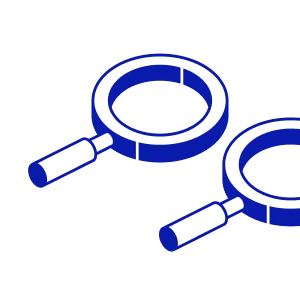
What does the National Science Foundation (NSF) do?
The National Science Foundation (NSF) is an independent executive branch agency responsible for supporting science and engineering nationwide for the purpose of scientific progress, advancement of national health and welfare, and national security. The agency fulfills this objective primarily through making grants, funding approximately 25% of all federally supported research conducted by US colleges and universities. It was established in 1950.

What does the Environmental Protection Agency (EPA) do?
The Environmental Protection Agency (EPA) is an independent executive branch agency responsible for safeguarding human health and protecting the environment by ensuring that people in the US have access to clean air, land, and water. Its functions include developing and enforcing regulations based on laws passed by Congress, providing grants to support environmental programs and projects, researches environmental issues, and fostering partnerships with businesses, nonprofits, and state and local governments. It was established in 1970.

What does the Social Security Administration (SSA) do?
The Social Security Administration (SSA) is an independent executive branch agency responsible for administering Social Security, a program that provides retirement, disability, and survivor benefits to eligible people. Its functions include managing the distribution of monthly payments to beneficiaries, enrolling Medicare recipients, and overseeing the issuance of Social Security numbers and cards. It was established in 1935 as part of the Social Security Act.

What does the Department of Commerce (DOC) do?
The Department of Commerce (DOC) is an executive branch agency responsible for supporting economic growth within the US. Its functions include promoting job creation, sustainable business development, and ensuring economic competitiveness. It was established in 1903.
What does the Department of Housing and Urban Development (HUD) do?
The Department of Housing and Urban Development (HUD) is an executive branch agency responsible for national housing policy and community development. Its functions include providing affordable housing assistance, enforcing fair housing laws, supporting homeownership programs, and administering grants for urban development and disaster recovery. It was established in 1965.
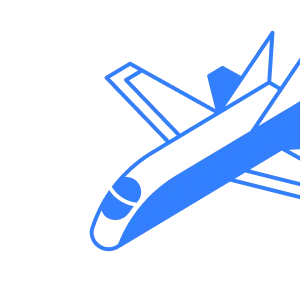
What does the National Mediation Board (NMB) do?
The National Mediation Board (NMB) is an independent federal agency responsible for managing labor relations in the railroad and airline industries. It mediates contract negotiations, resolves labor disputes, and conducts union representation elections to help prevent work stoppages and maintain uninterrupted transportation services. It was established in 1934 under the Railway Labor Act.

What does the Administrative Conference of the United States (ACUS) do?
The Administrative Conference of the United States (ACUS) is an independent federal agency established in 1964 by the Administrative Conference Act. The agency evaluates and makes recommendations to improve the administrative processes of government agencies. To do this, ACUS conducts research studies and provides recommendations to promote efficiency, participation, and fairness in the implementation of federal programs. ACUS publishes reference guides and resources, and organizes forums and roundtables to disseminate their findings and recommendations.

What does USAID do?
USAID (US Agency for International Development) is an independent executive branch agency responsible for administering foreign aid and economic development assistance outside the US. Its functions include supporting economic growth, global health, and education; providing humanitarian aid in response to crises; and advancing US foreign policy goals through partnerships. It was established in 1961 as part of the Foreign Assistance Act.

What does the Inter-American Foundation (IAF) do?
The Inter-American Foundation (IAF) is an independent federal agency responsible for supporting community-led development in Latin America and the Caribbean. It provides grants to local organizations to promote sustainable development, expand economic opportunities, and strengthen civil society. It was established in 1969.
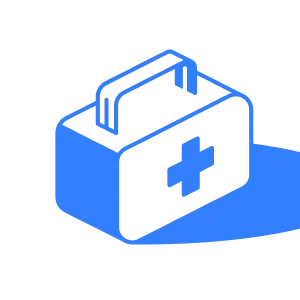
What does the Veterans Health Administration (VHA) do?
The Veterans Health Administration (VHA) is a subdivision of the US Department of Veterans Affairs responsible for providing comprehensive healthcare services to military veterans. The agency operates a nationwide system of medical centers, outpatient clinics, and specialized care facilities, offering services ranging from primary care to specialized treatments for conditions such as PTSD and traumatic brain injuries. It also conducts research and provides training for healthcare professionals. It was established in 1930.
What does the Office of Public and Indian Housing (PIH) do?
The Office of Public and Indian Housing (PIH) is a subdivision of the Department of Housing and Urban Development responsible for ensuring safe, decent, and affordable housing for low-income families, the elderly, and persons with disabilities, as well as the Native American population. It was established in 1965.
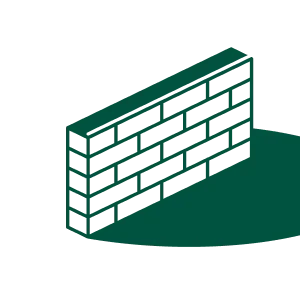
What does the Customs and Border Protection (CBP) do?
The US Customs and Border Protection (CBP) is a subdivision of the US Department of Homeland Security responsible for safeguarding the nation's borders and facilitating lawful international trade and travel. The agency enforces immigration laws, prevents the illegal entry of goods and individuals, and ensures the security of the US border. It also works to prevent the trafficking of drugs, weapons, and other contraband. It was established in 2003.
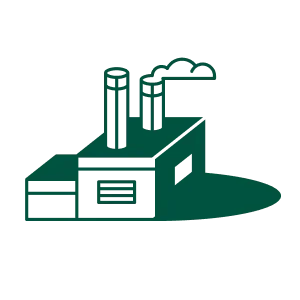
What does the Office of the US Trade Representative (USTR) do?
The Office of The United States Trade Representative (USTR) is a subdivision of the Executive Office of the President responsible for developing and coordinating US international trade, commodity, and direct investment policy, and overseeing negotiations with other countries. The agency works to create trade opportunities for American businesses and workers, enforce US trade laws, and ensure that trade agreements are fair and beneficial to the US economy. It was established in 1963.
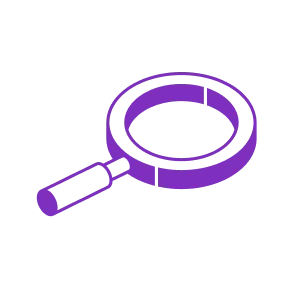
What does the Federal Bureau of Investigation (FBI) do?
The Federal Bureau of Investigation (FBI) is a subdivision of the US Department of Justice responsible for investigating and enforcing federal laws, protecting and defending the United States against terrorist and foreign intelligence threats, upholding and enforcing the criminal laws of the United States, and providing leadership and criminal justice services to federal, state, municipal, and international partners. The FBI also focuses on cybercrime, public corruption, civil rights violations, and other major crimes. It was established in 1908.